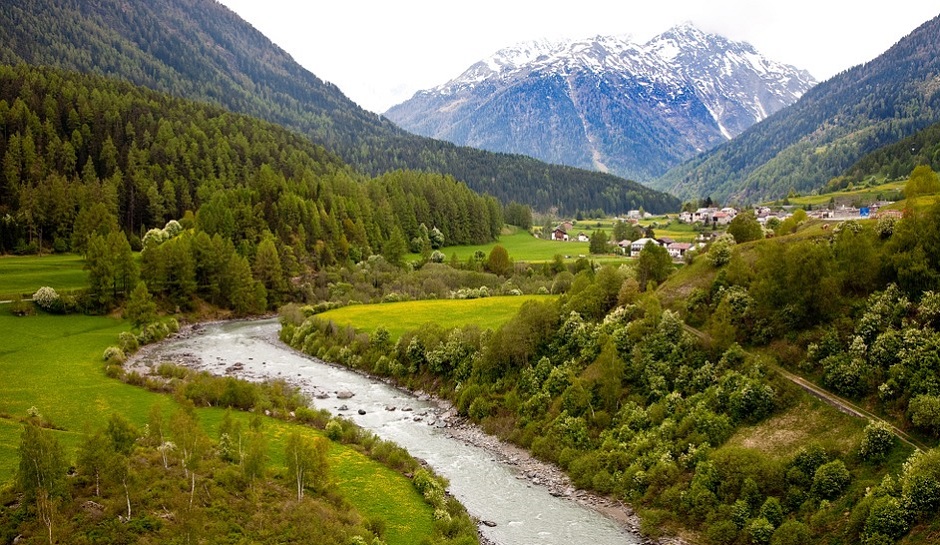-
Tips for becoming a good boxer - November 6, 2020
-
7 expert tips for making your hens night a memorable one - November 6, 2020
-
5 reasons to host your Christmas party on a cruise boat - November 6, 2020
-
What to do when you’re charged with a crime - November 6, 2020
-
Should you get one or multiple dogs? Here’s all you need to know - November 3, 2020
-
A Guide: How to Build Your Very Own Magic Mirror - February 14, 2019
-
Our Top Inspirational Baseball Stars - November 24, 2018
-
Five Tech Tools That Will Help You Turn Your Blog into a Business - November 24, 2018
-
How to Indulge on Vacation without Expanding Your Waist - November 9, 2018
-
5 Strategies for Businesses to Appeal to Today’s Increasingly Mobile-Crazed Customers - November 9, 2018
Google Technology Begins To Identify Location In Images
Guessing where a photo was taken can be a fun game. While all those images contain location data stored in the image EXIF, Weyand’s team showed PlaNet 91 million images without EXIF data to help it recognise places from just a photo.
Advertisement
“PlaNet is able to localise 3.6% of the images at street-level accuracy and 10.1% at city-level accuracy”, Weyand’s team wrote in their academic paper. Having used 2.3 million geotagged images from Flickr, PlaNet was only able to determine the photo’s country of origin with 28.4% accuracy – identifying the continent of origin 48% of the time. Using all these images, Weyand has taught a powerful neural network to zero in on the grid location itself without any human intervention. A test was carried out in order to check how PlaNet has fared against 10 well-trained humans, the researchers found that PlaNet won 28 out of 50 rounds. Be sure to look for clues in the images – road signs, types of vehicles, architecture type, etc. – to give yourself the best shot. MIT Technology Review reported that the model uses just 377 MB, which means it could be easily loaded on a smartphone. In the next step, the team will be creating a database of geolocated images from the Web and corroborate with the location data, thus arriving at the grid where the photo was taken.
Now, while humans can have a partially eidetic memory and can stir up their brains to correlate several things to arrive at the location of the picture, it is not so easy with the machines.
PlaNet’s grip gets wider in less-populated areas, and isn’t so helpful at placing images of sandy beaches (or is that a desert?). It will then tell users how close their actual guess is to the image’s actual location. Using a learning neural network and 92 million images, Google created PlaNet, a system capable of quickly locating the geographic location for most photos and it does so with an accuracy better than most humans. PlaNet is also able to identify the location of photos with missing location cues such as those taken indoors by looking through other images placed in the same album to check more specific images to be able to determine the location of where the photo was taken.
Having said that, it would be interesting to see what other advances Google can make now that they have successfully tested the superhuman A.I.
Advertisement
Google PlaNet is somewhat like the always watching governmental authority figure representative known as “Big Brother”, in George Orwell’s science fiction classic, 1984. By comparison, the humans had a median error of over 2300 kilometers. Overall, 126 million images were used. Researchers show that the resulting model, called PlaNet, outperforms previous approaches and even attains superhuman levels of accuracy in some cases.




























